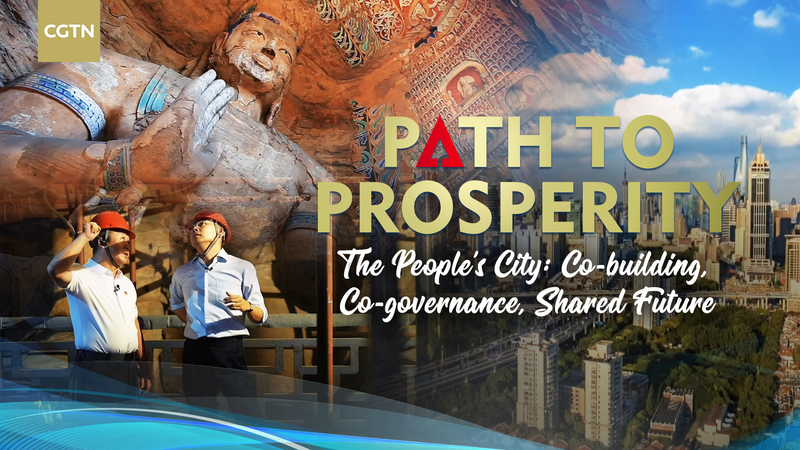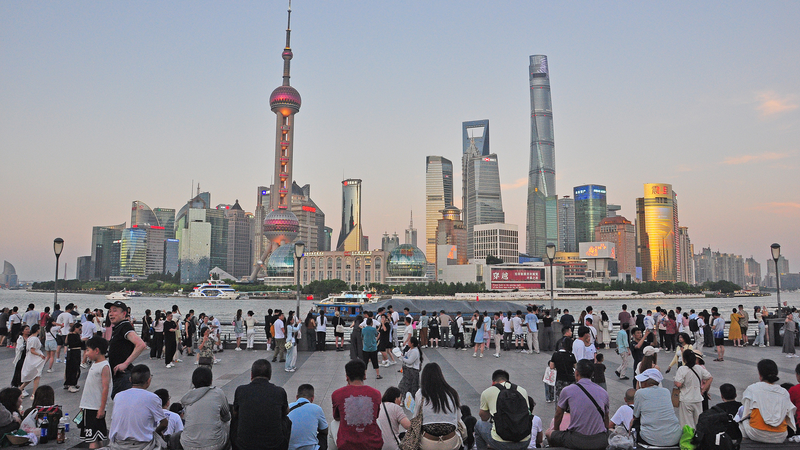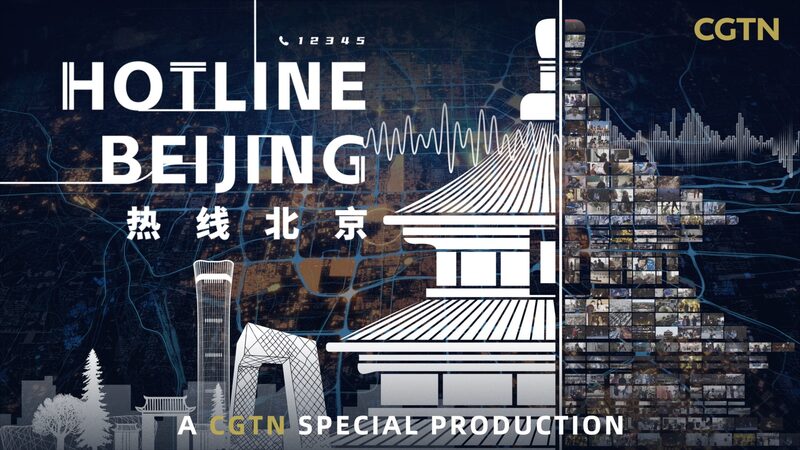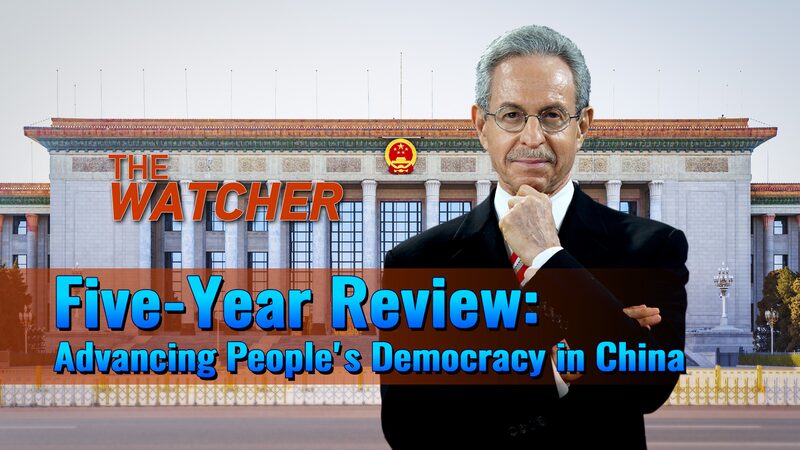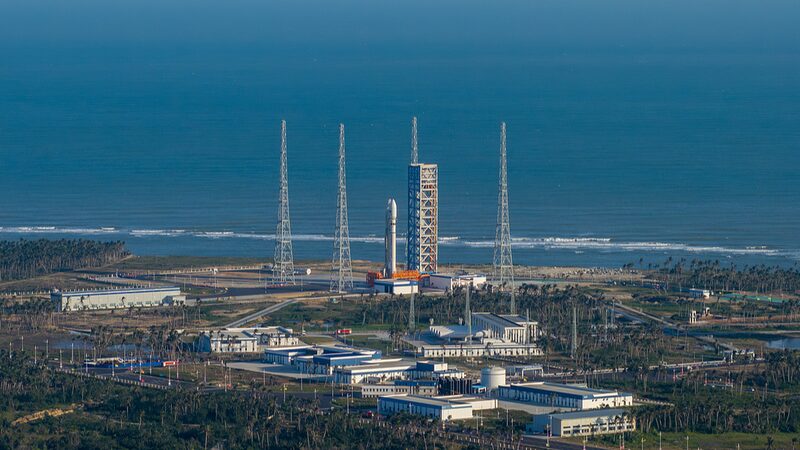As China continues to navigate unprecedented urbanization in 2025, its innovative 'People's City' framework is gaining global attention for redefining urban governance. This approach emphasizes citizen participation and sustainable development, with Beijing's grassroots communities serving as living laboratories for collaborative decision-making.
In one Beijing district, residents now directly influence neighborhood upgrades through monthly consultation forums. 'This isn't about top-down planning, but co-creation,' explains local official Li Wei during a site visit. Digital platforms introduced this year enable real-time feedback on public services, with 78% of residents participating since the system's launch.
The transformation of Datong exemplifies the model's scalability. Once reliant on coal production, the city has emerged as a cultural hub through phased redevelopment completed earlier this year. Historic landmarks now coexist with green energy infrastructure, attracting 40% more cultural tourism compared to 2024 figures.
Urban policy experts highlight the timing of these developments. 'As cities worldwide grapple with post-pandemic recovery, China's focus on inclusive urban ecosystems offers valuable case studies,' notes Dr. Hiroshi Tanaka of the Asian Urban Research Network. The approach aligns with China's 14th Five-Year Plan objectives, particularly in balancing economic growth with social equity.
With 65% of China's population projected to live in cities by 2030, the 'People's City' concept demonstrates how rapid urbanization can prioritize human-centered design while maintaining developmental momentum.
Reference(s):
The People's City: Co-building, Co-governance, Shared Future
cgtn.com
